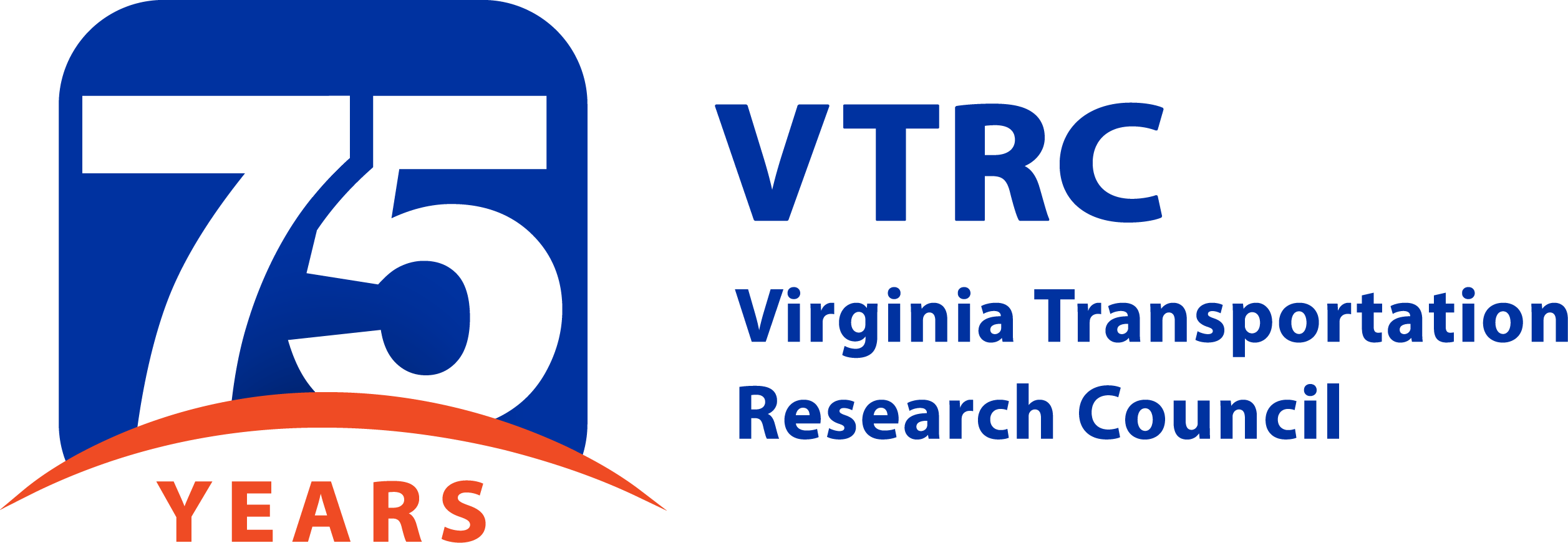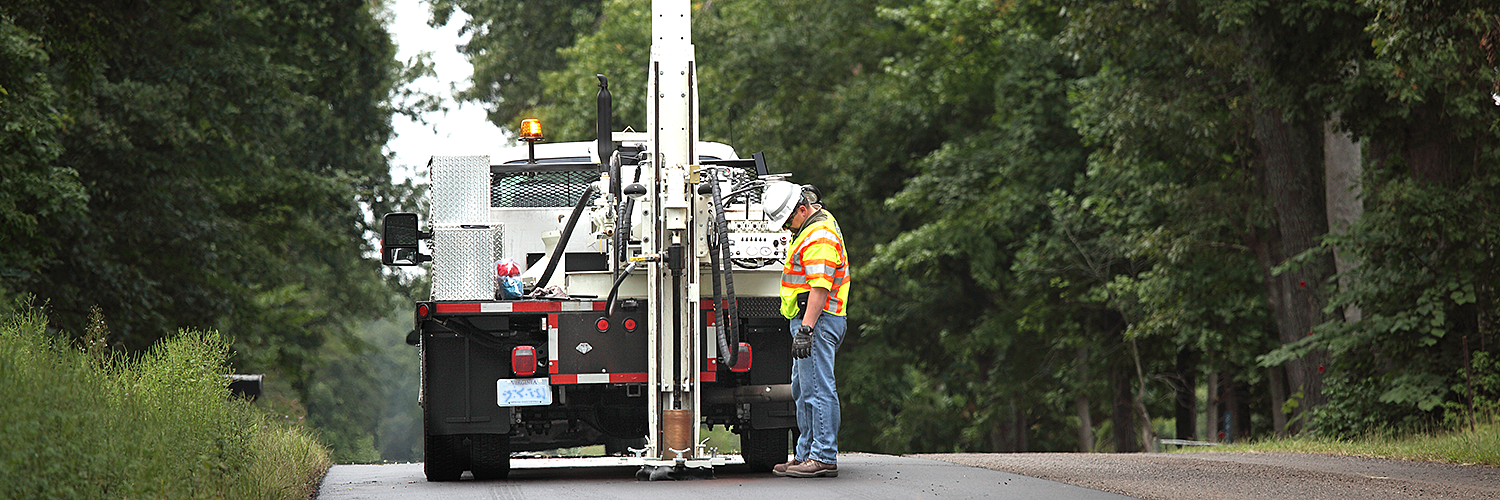Simple and Practical Tests for Rutting Evaluation of Asphalt Mixtures in the Balanced Mix Design Process
Authors: Griffin P. Coffey, Osman E. Ozbulut, Ph.D., Aksel Seitllari, Ph.D., Ilker Boz, Ph.D., Jhony Habbouche, Ph.D, P.E., Stacey D. Diefenderfer, Ph.D., P.E.
Nondestructive Inspection Methods for Liquid Deicer Storage Tanks
Authors: Thien Q. Tran, Matthew M. DeJong, Mohammad Shadab Shaikh, Mitchell Davis, Sean Li, Alan Hernandez, Alexander S. Brand, Ph.D., P.E., Amir Behravan, Ph.D., P.E.
Pilot Implementation of a Vehicle Occupancy Data Collection Program
Authors: Yiqing Xu, Ph.D., John S. Miller, Ph.D., P.E., Lance E. Dougald
Water Bath Accelerated Curing of Concrete
Authors: Kenneth H. McGhee
Use of Retarders with Cement Treated Soils: Final Report
Authors: M. C. Anday
The Wearing Characteristics of Mineral Aggregates in Highway Pavements
Authors: John W. Webb


